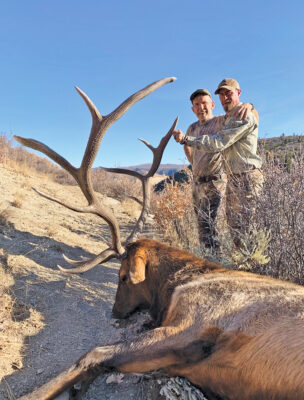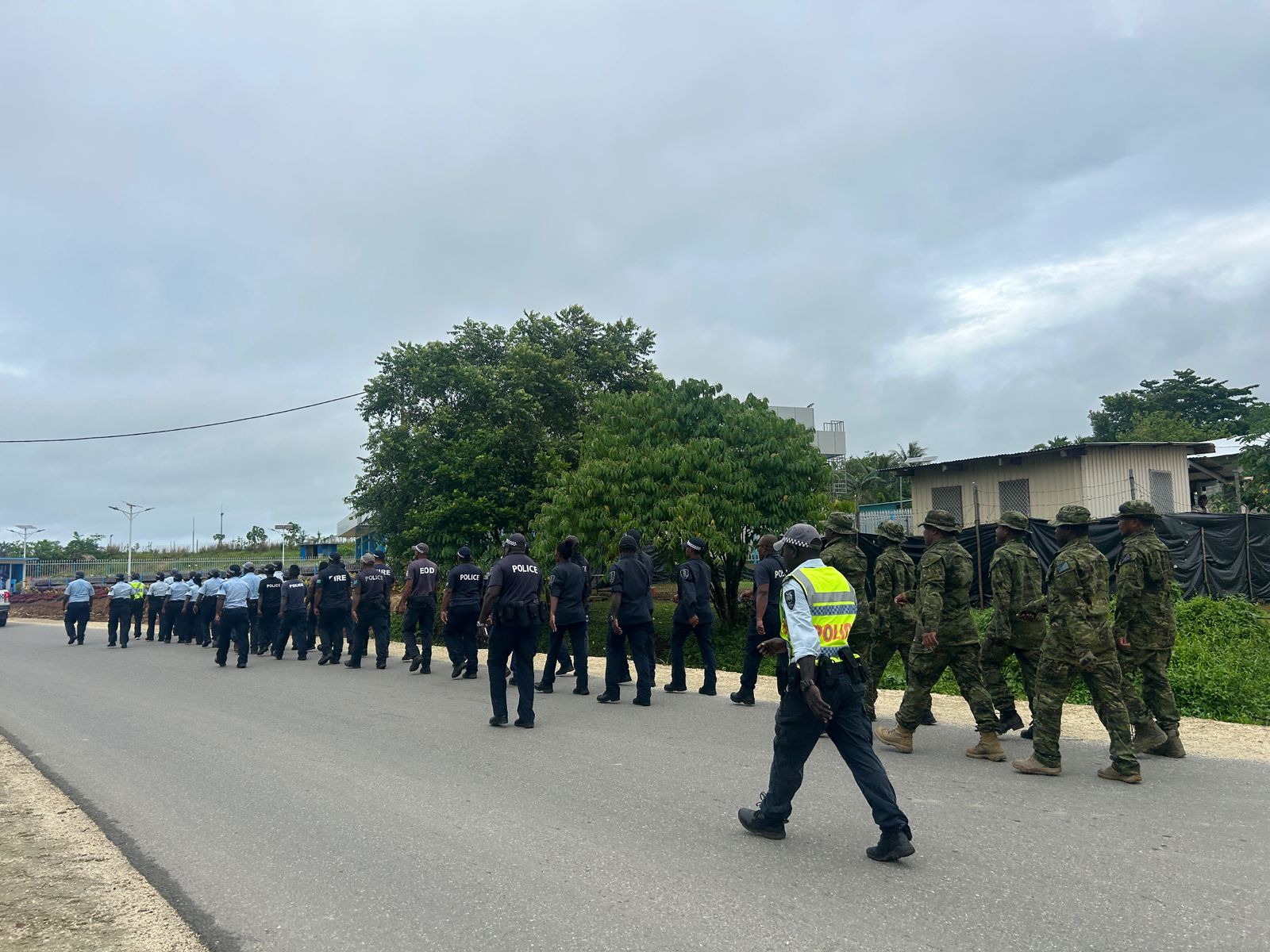By The Business Times Staff
Copyright thebusinesstimes

Brandon Leuallen, The Business Times
Across Western Colorado, the 2025 hunting season began under the weight of an intense drought, yet a few timely rainstorms brought at least some temporary relief.
Local guide and outfitter Rod Cogburn said it is one of the worst years of drought he has ever seen during his lifetime of hunting and guiding in Western Colorado.
A drought of exceptional severity
Colorado State University’s August drought assessment provides sobering context. The U.S. Drought Monitor marked the return of exceptional drought (D4) across Western Colorado for the first time since early 2023. D4 is the highest level of drought intensity, signifying widespread water emergencies and long-term damage to crops, rangeland and ecosystems.
Those conditions now span about 7 percent of the state, covering parts of Mesa, Delta, Garfield, Eagle, Pitkin, Routt, Gunnison and Rio Blanco counties. That includes ground where Cogburn guides hunts on Grand Mesa and north of De Beque, placing much of his operating area inside the most extreme drought category.
According to the assessment, stream flows are plummeting. The White River at Meeker has fallen into the first percentile of its 121-year record, nearing its all-time low. Other rivers including the Yampa, Colorado, Animas and Dolores are also running well below the 10th percentile.
For hunters, that means more than just brown fields and empty ponds. It means the elk themselves are harder to find.
“The ponds that are normally full from rainfall are gone,” Cogburn said. “Animals leave their normal country and go to bigger water where they have reliable water. That makes it much more difficult to hunt during this drought.”
When the season started, grasses were dead and dormant, and with cattle still on the range, there is extra competition for the remaining feed. Cogburn said he began noticing the drought’s severity in midsummer.
“In July, it was just cooking, and there hadn’t been any rain since,” he said.
Drought shifts animal behavior
Dry conditions and high heat change how elk behave, making them much harder to track.
“When we have the drought, and the animals are totally nocturnal, even for us humans, it’s hard to be out there in that heat. You have to be in the shade,” Cogburn said.
Rains bring brief window of opportunity
Yet, amid the severity, a few rain events during the first season tipped the balance, at least temporarily.
“Thank goodness, we got a couple of rains the other day, and we had some success,” Cogburn said. “We had an opportunity for all of our clients.”
The rains and cooler temperatures made a difference.
“It sure did help,” Cogburn said. “We started seeing animals coming out after that. A little rain can make a big difference, even now.”
From childhood tradition to family outfitting business
When asked about how he got started in the outfitting business, Rod talked about learning to hunt in western Colorado in his childhood.
“I grew up on a ranch south of Silt. As young boys, as soon as we were old enough we started hunting, and from the time I was 12 I was already guiding my uncles,” Cogburn said. “It’s been in my blood ever since I was young.”
Seventeen years ago, Cogburn and his family turned that heritage into a full-service guide operation, securing U.S. Forest Service and Bureau of Land Management permits and expanding across Grand Mesa and De Beque.
Last season, they added a new operating agreement and are preparing to launch summer touring ventures as well.
“It takes a lot more work than people realize to run an outfit,” he said. “It’s tough work, and with food and expenses going up, it’s even worse this year.”
Though there are challenges, Cogburn lights up when talking about giving hunters the experience of a lifetime.
“We just took the CEO of Huntin’ Fool, and he had a blast,” Cogburn said.
Roosters remains a family operation with other locals being part of the team. Team Roosters includes Rod, Ava, Ray, Sheree, Ben, Hayden, Olivia, Cauy, Klayton, Jaryn and Vince, who doubles as camp cook and guitar player. Everyone plays a role, from guiding hunters to baking treats.
“My granddaughter bakes goodies for the hunters, and we put a tip jar out. She does quite well, and it helps her basketball program at Grand Valley High School,” Cogburn said.
The family approach fosters a sense of tradition, and many clients return year after year. According to Cogburn, one longtime hunter from New York came 17 years ago and returned every year for 17 consecutive seasons.
Beyond trophies, Cogburn highlights the value of elk meat to whoever he can.
“The safest, best piece of meat you can put in your mouth comes from an elk. I think that deserves more recognition,” he said.
He also takes pride in youth hunts for the next generation and ensuring no meat goes to waste. While most clients take their meat home, when one does not, the Cogburns cover the processing costs and donate the meat to local families in need.
Despite the challenges, Cogburn said his hope is that cooler weather and a shift in conditions will improve the odds as the season moves along.
Colorado’s Drought at a Glance
Colorado State University,
August 2025
About 7 percent of Colorado is in Exceptional Drought (D4), the highest drought intensity.
Impacted counties include Moffat, Routt, Rio Blanco, Garfield, Eagle, Pitkin, Gunnison, Delta and Mesa.
The White River at Meeker is in the 1st percentile of its 121-year record, near an all-time low.
Other rivers, including the Yampa, Colorado, Animas and Dolores, are flowing below the 10th percentile.
Vegetation and soil moisture are severely stressed, with satellite indicators showing levels below the 5th percentile.
June and July 2025 ranked among the top-10 hottest and driest on record for northwest Colorado.



